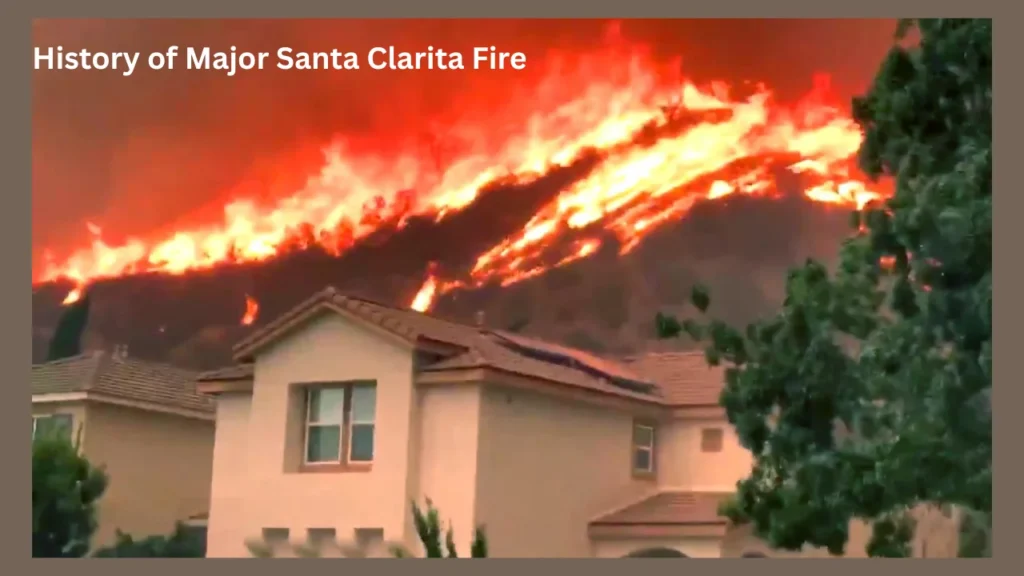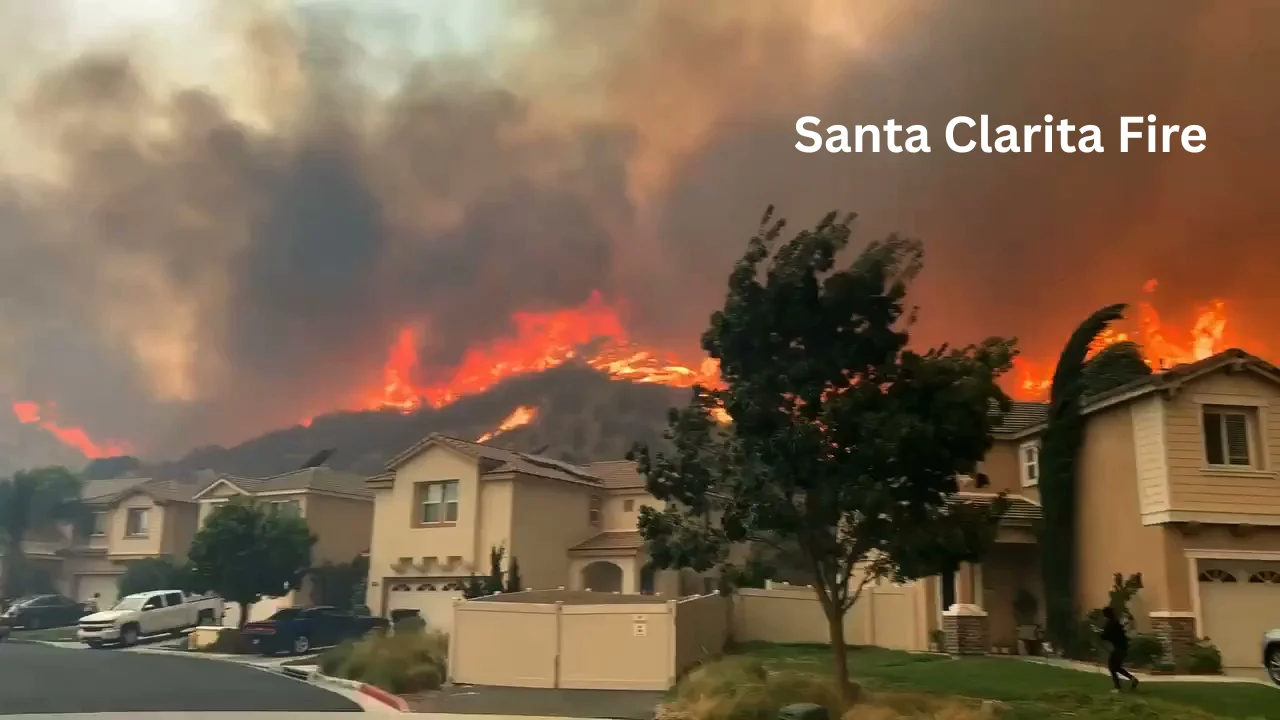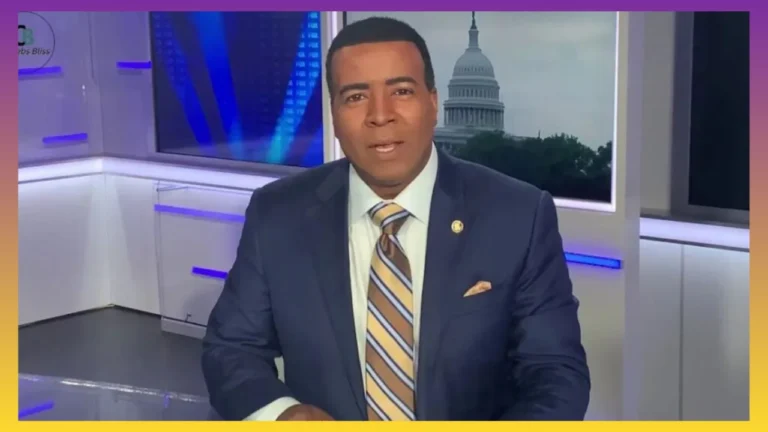Santa Clarita Fire Causes Danger Zones And Safety Tips
The Santa Clarita fire is a term used to describe several major wildfires that have affected the Santa Clarita Valley region of California. Located in northern Los Angeles County, this area is known for its dry climate, strong winds, and hilly terrain—conditions that make it vulnerable to fires. Understanding these fires, how they start, and what they cause can help people stay safe and prepared.
Visit here to learn more about the net worth of Celebrities
Where Is Santa Clarita?
Santa Clarita is a city in Southern California, about 30 miles north of downtown Los Angeles. It is surrounded by canyons, mountains, and brush-covered hills. These natural features are beautiful, but they also make the area prone to wildfires—especially during California’s long dry seasons.
With more than 200,000 residents, Santa Clarita is one of the largest cities in Los Angeles County. Many people live near wildland areas, increasing the risk of fire spreading into neighborhoods.
ALSO READ: Ghislaine Maxwell Net Worth $2 Million
What Causes the Santa Clarita Fire?
Most Santa Clarita fires are caused by a mix of natural and human-made factors. Dry grass, strong winds, and low humidity can make the area a perfect environment for flames to spread. Here are some common causes:
- Lightning strikes during thunderstorms
- Downed power lines during Santa Ana winds
- Campfires or barbecues left unattended
- Arson or accidents caused by people
- Sparks from vehicles or construction equipment
During hot summer and fall months, the risk becomes much higher. A small spark can quickly turn into a fast-moving wildfire.
ALSO READ: Vernon Maxwell Net Worth $4 Million
History of Major Santa Clarita Fire

The Santa Clarita fire history includes many dangerous and destructive events. Here are some of the most well-known fires in the area:
Sandalwood Fire (2007)
Burned through hills and brush, threatening homes in Canyon Country.
Sage Fire (2016)
Started near Calgrove Boulevard. It burned over 800 acres and forced many evacuations.
Tick Fire (2019)
One of the most destructive in recent years. Over 4,600 acres burned, more than 40,000 people evacuated, and several homes destroyed.
Placerita Fire (2021)
A fast-moving brush fire that led to school closures and major traffic disruptions.
These events show how frequent and serious wildfires can be in the region.
Santa Clarita Fire on People and Property
The effects of the Santa Clarita fire can be devastating. Fires in this region have destroyed homes, vehicles, schools, and power lines. Thousands of families have been forced to evacuate with little notice.
The smoke from wildfires can also cause health issues, especially for people with asthma or other breathing problems. Businesses often shut down, and schools may close for days due to air quality concerns.
In some cases, it takes months or even years for families to rebuild after a major wildfire. Insurance claims, loss of sentimental items, and emotional stress are just a few of the long-term impacts.
Emergency Response and Evacuations
Santa Clarita is well-prepared when it comes to fire emergencies. The Los Angeles County Fire Department, along with local agencies, responds quickly to reports of fire. Helicopters, bulldozers, and hundreds of firefighters are deployed when a fire breaks out.
Evacuation orders are sent through:
- Emergency alerts to mobile phones
- News stations and radio updates
- City websites and social media
- Loudspeakers and door-to-door visits by authorities
Residents are urged to follow evacuation instructions immediately, as wildfires can spread faster than expected.
How to Stay Safe During the Santa Clarita Fire
If you live in or visit the area, it’s important to be ready for a Santa Clarita fire emergency. Here are some key safety tips:
Before a Fire:
- Create a defensible space around your home by clearing dry leaves and brush.
- Store important documents and emergency supplies in a “go-bag.”
- Know at least two ways to leave your neighborhood in case of evacuation.
- Sign up for local emergency alerts.
During a Fire:
- Follow evacuation orders without delay.
- Wear an N95 mask to protect from smoke inhalation.
- Keep windows and doors closed to keep smoke out.
- Listen to updates from official sources.
After a Fire:
- Wait for officials to declare it safe before returning home.
- Check for hidden fire damage or dangerous debris.
- Take photos of damage for insurance claims.
- Be cautious of poor air quality even after flames are out.
Effects on Wildlife and the Environment
The Santa Clarita fire doesn’t just affect humans—it also harms the environment. Fires burn through forests, hills, and grasslands, leaving behind blackened earth. Animals may lose their homes, food sources, or lives.
After a fire, erosion becomes a major problem. With vegetation gone, rain can wash away soil and cause mudslides. This puts homes, roads, and water systems at risk.
Plants and wildlife may take years to recover from just one major fire.
Economic Cost of Santa Clarita Fire
Wildfires cost millions of dollars in damages, both in public and private property. The cost of fighting the fire, repairing roads, rebuilding homes, and helping displaced families adds up quickly.
Businesses may suffer from closures, and tourism in nearby parks or nature areas may decline after a fire. Insurance rates in high-risk zones also tend to rise, placing an added burden on homeowners.
In the case of the Santa Clarita fire, local and state governments often request federal aid to support recovery.
How the Community Helps After a Fire
Santa Clarita is known for its strong sense of community. After a Santa Clarita fire, residents often come together to support each other. Here’s how:
- Local shelters offer food and temporary housing.
- Schools and churches collect donations for affected families.
- Volunteer groups help with cleanup and rebuilding.
- Mental health services support those who are emotionally affected.
Rebuilding takes time, but the community’s efforts make a big difference in recovery.
What Is Being Done to Prevent Future Fires?
To reduce the risk of another Santa Clarita fire, officials are taking many steps:
- Controlled burns help remove dry brush safely.
- Firebreaks are built between wildlands and homes.
- New building codes require fire-resistant materials.
- Utility companies shut down power lines during strong winds to prevent sparks.
- Education programs teach kids and families about fire safety.
Still, fire is a natural part of California’s climate. That’s why ongoing planning and public awareness are so important.
Climate Change and Wildfires in California
Experts believe that climate change is making wildfires worse. Hotter temperatures, less rain, and longer dry seasons are increasing the number and size of wildfires across the state.
In recent years, fires like the Santa Clarita fire have become more intense and harder to control. Scientists are urging action to slow climate change and adapt to new fire risks. That includes better land management, stricter building codes, and smarter emergency planning.
Frequently Asked Questions
How often does the Santa Clarita fire happen?
Fires in Santa Clarita don’t happen every year, but the area is considered high-risk due to dry weather and wind conditions. Several large wildfires have occurred in the past two decades, especially during late summer and fall.
What should I pack in an emergency bag for fire evacuation?
Your emergency “go-bag” should include water, snacks, first aid supplies, clothes, a flashlight, phone charger, important documents, cash, medications, and pet supplies. Always keep it in an easy-to-reach place in case you need to leave quickly.
Can visitors be affected by the Santa Clarita fire?
Yes. Tourists, hikers, and travelers can be impacted if a wildfire breaks out. Trails, highways, and local attractions may close, and smoke can affect air quality. Visitors should always check local news and alerts before heading to Santa Clarita during fire season.
Conclusion
The Santa Clarita fire is a powerful reminder of how fragile life can be in a wildfire-prone area. These fires destroy homes, impact health, harm wildlife, and cost millions in damage. But the community has shown resilience time and again.







